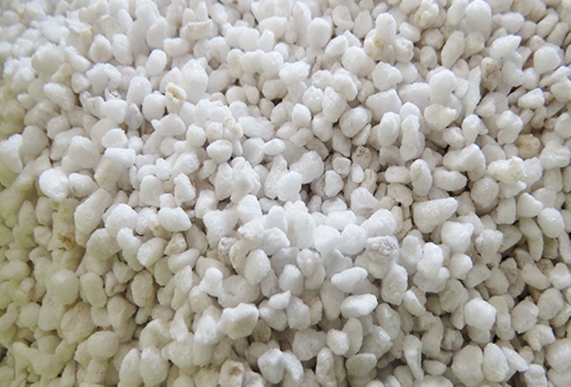Suscríbase a nuestro boletín y sea siempre el primero en enterarse de lo que está sucediendo.
Perlite: an important non-metallic mineral
Mar 22, 2025When it comes to perlite, you may be unfamiliar with it.But after being heated and expanded, it can form a material with excellent properties and a wide range of applications.

一、Characteristics of Perlite
Perlite is usually white or gray in color and has a unique bubble like structure,of course, it also has colors such as yellow white, flesh red, dark green, gray, brown brown, black gray, etc.Named after its pearl like fissure structure.The Mohs hardness of perlite ranges from 5.5 to 7, with a density of 2.2 to 2.4 g/cm ³ and a fire resistance of 1300 to 1380 ℃.In addition, the main component of perlite is silicon dioxide.
二、Classification and Distribution of Perlite
Perlite ore includes perlite, obsidian, and turpentine.In China,The perlite deposit is mainly produced in the Mesozoic volcanic rock belt with frequent crustal activity on the mainland, starting from Heilongjiang in the north and extending to the coast of the South China Sea and Hainan Island in the south, with a length of 3000 kilometers and a width of 300-800 kilometers.
三、The Mineral Processing of Perlite
The beneficiation process of perlite is relatively simple, with the main purpose of processing the selected raw ore into products that meet industrial requirements in terms of particle size, moisture, and other indicators, namely perlite sand.The beneficiation process of perlite is usually crushing sorting grading drying.
In China, due to the lack of a formal beneficiation process, the general crushing and screening process includes coarse crushing, screening, intermediate crushing, and re screening of the raw ore, ultimately obtaining perlite ore sand that meets the requirements.
四、Conclusion
Perlite has a wide range of applications in the fields of construction, chemical engineering, horticulture, medicine, and more.Thus,perlite is an important non-metallic mineral.